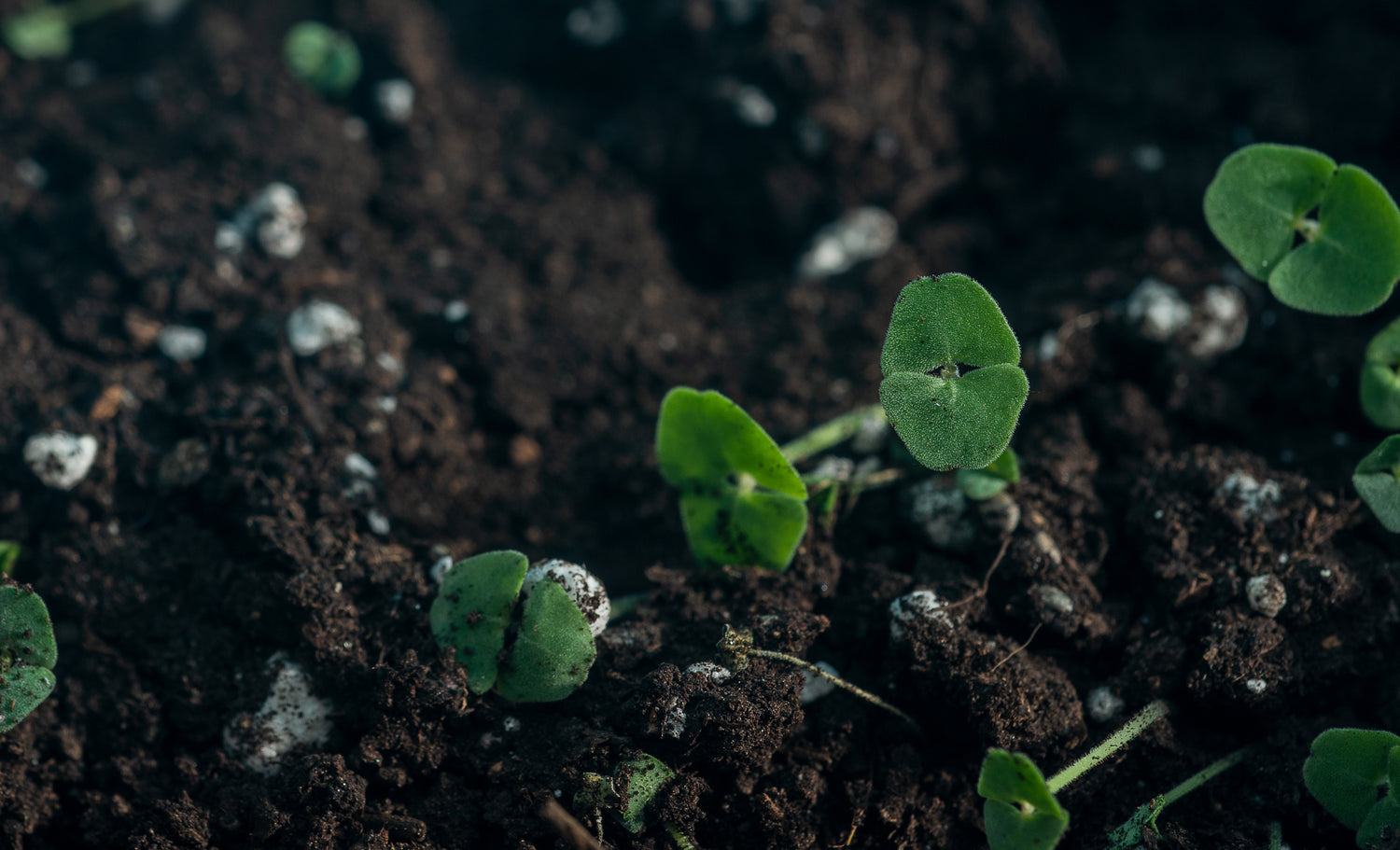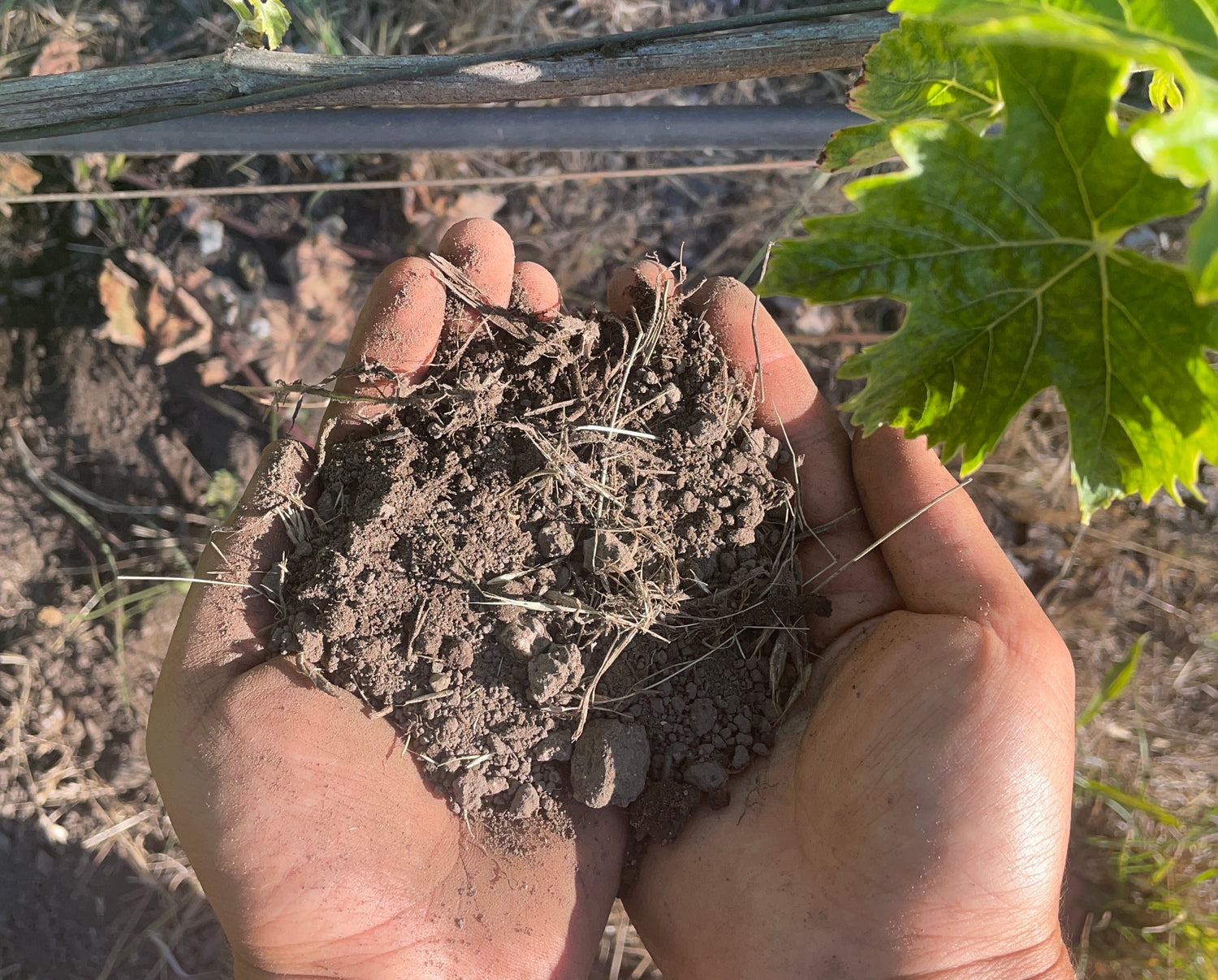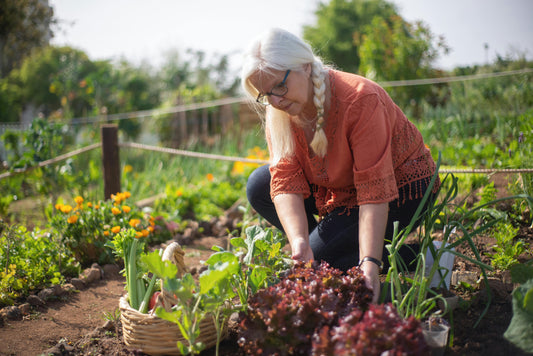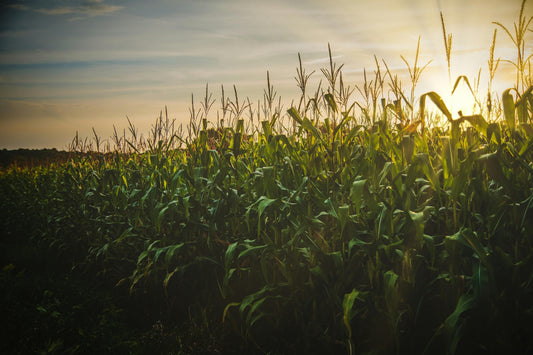Houston's soil diversity, shaped by its coastal location and subtropical climate, influences everything from urban development to agricultural success. Understanding these varied soil types—from expansive Vertisols to sandy Ultisols—is essential for effective land management, gardening, and construction in the greater Houston area.
Houston Soil Types: Complete Guide to Vertisols, Ultisols & Urban Soils
Houston features four primary soil types: Vertisols (clay-rich expanding soils), Ultisols (acidic sandy soils), Alfisols (fertile well-drained soils), and Spodosols (sandy acidic forest soils), each requiring specific management approaches for optimal agricultural and urban use.
Understanding Houston's Soil Geography
Houston's soil composition reflects three distinct ecoregions that converge in the metropolitan area. The Gulf Coast Prairie dominates the immediate Houston region with clay-rich soils, while the Piney Woods extends into northeastern areas with sandy, acidic soils. The Blackland Prairie influences western and northern suburbs with calcium-rich clayey soils.
The region's subtropical climate brings high annual rainfall averaging 50 inches, warm temperatures, and high humidity. These conditions significantly influence soil development, drainage patterns, and management requirements across different soil types.
Houston's Primary Soil Types
Vertisols: Houston's Signature Clay Soils
Vertisols, exemplified by the famous "Houston Black" soil series, dominate central, western, and northern Houston areas. These soils contain high clay content that causes dramatic swelling when wet and deep cracking when dry, creating the characteristic "shrink-swell" behavior.
Agricultural applications for Vertisols include cotton, grain sorghum, and rice production due to their high natural fertility and nutrient retention capacity. However, proper drainage management prevents waterlogging during Houston's frequent heavy rains.
Construction challenges with Vertisols require specialized foundation engineering due to soil movement. The expansive clay can cause significant structural damage without proper soil preparation and drainage control.
Ultisols: East Houston's Sandy Soils
Ultisols occur primarily in northeastern Houston areas near the Piney Woods region. These acidic, sandy loam soils develop under humid conditions with significant leaching of nutrients, resulting in lower natural fertility compared to clay soils.
Agricultural productivity in Ultisols requires lime applications to reduce acidity and regular fertilization to maintain adequate nutrient levels. These soils support sweet potato production, peanut cultivation, and timber forestry when properly managed.
Ultisols provide better drainage than clay soils but require organic matter additions to improve water and nutrient retention capacity for residential landscaping applications.
Alfisols: Well-Balanced Fertile Soils
Alfisols represent some of Houston's most agriculturally productive soils, combining balanced clay and sand content with moderate organic matter levels. These soils maintain neutral to slightly acidic pH levels ideal for diverse crop production.
Found throughout the Gulf Coast Prairie and suburban Houston areas, Alfisols support both native grasslands and cultivated agriculture. Their natural fertility and good drainage make them suitable for corn, grain crops, and fruit production.
Erosion management becomes important on sloped Alfisol areas, requiring conservation practices like contour farming, cover crops, and terracing to prevent soil loss during heavy rains.
Spodosols: Forest Soils of the Piney Woods
Spodosols occur in the far northeastern edges of the Houston metropolitan area within the Piney Woods ecoregion. These sandy, highly acidic soils develop under coniferous forest conditions with distinctive subsurface accumulation of organic matter and iron.
Agricultural limitations of Spodosols include low natural fertility, high acidity, and poor nutrient retention due to sandy texture. Specialty crops like blueberries can succeed with appropriate soil amendments and pH management.
Forest management represents the primary land use for Spodosols, supporting pine and mixed hardwood timber production along with wildlife habitat for deer, birds, and other forest species.
| Soil Type | Key Characteristics | Best Agricultural Uses | Management Challenges |
|---|---|---|---|
| Vertisols | High clay content, swells when wet, cracks when dry | Cotton, grain sorghum, rice | Poor drainage, foundation problems |
| Ultisols | Acidic, sandy loam, leached nutrients | Sweet potatoes, forestry | Low fertility, requires liming |
| Alfisols | Balanced texture, fertile, well-drained | Corn, grains, fruits | Erosion on slopes |
| Spodosols | Sandy, highly acidic, low organic matter | Blueberries, timber | Poor nutrient retention |
Urban Soil Challenges and Management
Urban development throughout Houston has significantly altered natural soil conditions through construction activities, contamination, and landscape modifications. Urban soils often display compaction from heavy machinery, contamination from industrial activities, and disrupted drainage patterns.
Soil compaction reduces water infiltration and increases surface runoff, contributing to Houston's flooding challenges during heavy rainfall events. Clay-rich urban soils particularly suffer from compaction and require aeration and organic matter additions for improvement.
Contamination concerns in urban Houston soils include heavy metals from industrial activities, petroleum products from transportation, and various chemicals from commercial operations. Professional soil testing identifies contamination levels before establishing gardens or landscapes.
Urban soil improvement strategies include compost additions to improve structure, gypsum applications for clay soil conditioning, and raised bed systems for contaminated areas. Cover crops and urban forestry help restore soil health in developed areas.
Soil Management Strategies by Type
Managing Vertisol Challenges
Vertisol management focuses on improving drainage and reducing extreme swelling behavior. Organic matter additions help moderate moisture fluctuations, while gypsum applications can improve soil structure and reduce plasticity.
Construction on Vertisols requires deep foundation systems, proper site drainage, and moisture barriers to prevent structural damage from soil movement. Professional geotechnical evaluation guides appropriate foundation design.
Improving Ultisol Productivity
Ultisol management centers on pH correction through lime applications and regular fertility enhancement through organic and synthetic fertilizers. Soil testing every 2-3 years guides appropriate amendment rates.
Organic matter additions significantly improve Ultisol water retention and nutrient holding capacity. Compost, aged manure, and cover crops provide both nutrients and soil structure improvement.
Conserving Alfisol Resources
Alfisol conservation emphasizes erosion prevention through proper tillage practices, contour farming, and maintaining ground cover during heavy rainfall periods. These naturally fertile soils respond well to conservation management.
Specialized Spodosol Management
Spodosol management requires pH adjustment for most agricultural applications and significant organic matter additions to improve fertility and water retention. These soils excel in forestry applications with minimal intervention.
Soil Testing and Amendment Guidelines
Professional soil testing provides essential information about pH levels, nutrient content, organic matter percentage, and potential contamination. Basic soil tests include pH, nitrogen, phosphorus, potassium, and organic matter analysis.
Texas A&M AgriLife Extension Service provides soil testing services and interpretation guidelines specific to Houston-area soils. Testing costs typically range from $15-50 depending on the analysis scope.
Amendment applications depend on soil test results and intended land use. Lime raises pH in acidic Ultisols and Spodosols, while sulfur can lower pH in alkaline conditions. Compost improves soil structure across all soil types.
Water Management and Conservation
Houston's high rainfall and diverse soil types create unique water management challenges. Clay-rich Vertisols require drainage systems to prevent waterlogging, while sandy Ultisols and Spodosols need water retention strategies.
Rain gardens and bioswales help manage stormwater runoff in urban areas while providing soil improvement benefits. These green infrastructure elements work particularly well with Houston's clay soils for flood mitigation.
Irrigation efficiency varies by soil type, with clay soils requiring longer, less frequent watering and sandy soils needing more frequent, lighter applications. Drip irrigation and soil moisture monitoring optimize water use across different soil types.
Frequently Asked Questions
What is the most common soil type in Houston?
Vertisols, specifically the Houston Black soil series, are the most common soil type in Houston. These clay-rich soils swell when wet and crack when dry, making them challenging for construction but fertile for agriculture.
Why do Houston soils cause foundation problems?
Houston's clay-rich Vertisols expand when wet and contract when dry, creating soil movement that can damage building foundations. Proper soil engineering and drainage are essential for construction.
What crops grow best in Houston soils?
Cotton, grain sorghum, and rice excel in Vertisols. Sweet potatoes and forestry crops succeed in Ultisols. Corn and fruits grow well in Alfisols. Blueberries can thrive in properly amended Spodosols.
How do I improve clay soil drainage in Houston?
Improve clay soil drainage through organic matter additions, gypsum applications, raised beds, and proper grading. Avoid working clay soils when wet to prevent compaction.
Should I test my Houston soil for contamination?
Test urban Houston soils for contamination, especially in older industrial areas or before establishing vegetable gardens. Professional testing identifies heavy metals and other contaminants.
How often should I test my Houston soil?
Test Houston soils every 2-3 years for gardens and landscaping, or before major planting projects. Urban soils may require more frequent testing due to contamination risks.
What native plants work best in Houston soils?
Native prairie grasses and wildflowers thrive in Vertisols and Alfisols. Acidic-soil natives like azaleas and pine trees succeed in Ultisols and Spodosols with minimal soil modification.
Conclusion
Houston's diverse soil landscape presents both opportunities and challenges for agriculture, urban development, and environmental management. Understanding the characteristics of Vertisols, Ultisols, Alfisols, and Spodosols enables informed decision-making for land use, construction, and gardening applications. Through proper soil testing, appropriate amendments, and sustainable management practices, Houston's varied soils can support productive agriculture, healthy urban landscapes, and resilient ecosystems. Success with Houston soils requires matching management strategies to specific soil types while addressing the unique challenges of the region's climate and urban environment.
Sources
- USDA Natural Resources Conservation Service. Web Soil Survey. https://websoilsurvey.sc.egov.usda.gov/
- Texas A&M AgriLife Extension Service. Soil Testing Laboratory. https://soiltesting.tamu.edu/
- USDA Natural Resources Conservation Service. Soil Health Assessment. https://www.nrcs.usda.gov/resources/guides-and-instructions/soil-health
- Texas Commission on Environmental Quality. Urban Soil Management. https://www.tceq.texas.gov/
- USDA Natural Resources Conservation Service. Texas Soil Surveys. https://www.nrcs.usda.gov/resources/data-and-reports/soil-survey
- EPA Brownfields Program. Urban Soil Assessment. https://www.epa.gov/brownfields
- University of Texas at Austin. Texas Natural History. https://www.utexas.edu/
- Harris County Flood Education Mapping. Soil and Drainage Information. https://www.hcfem.org/












